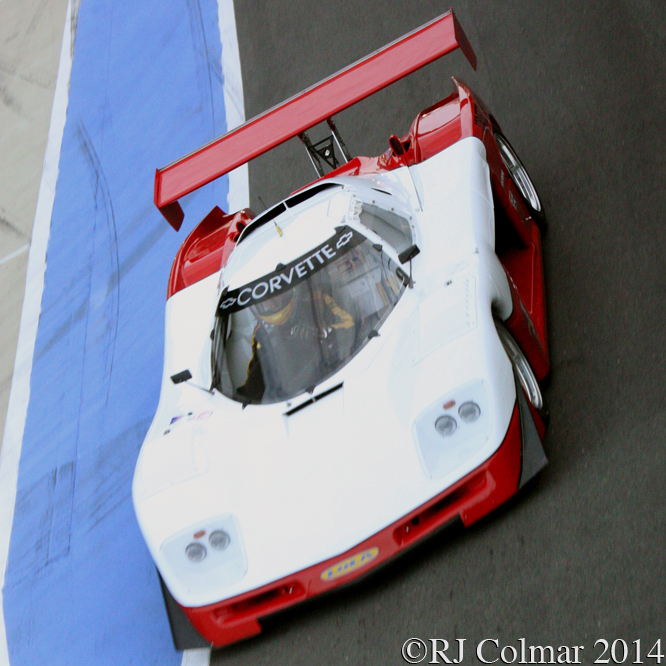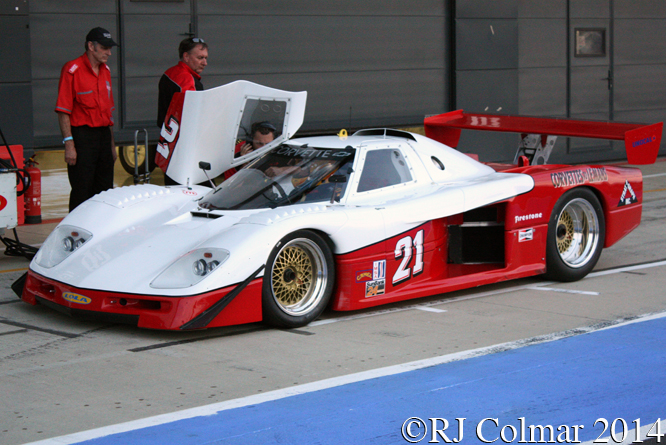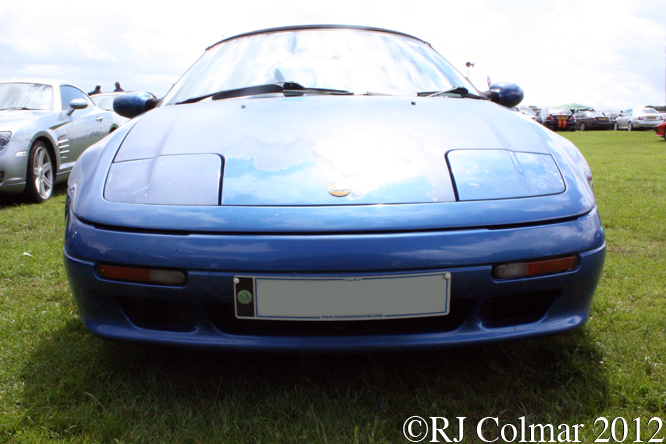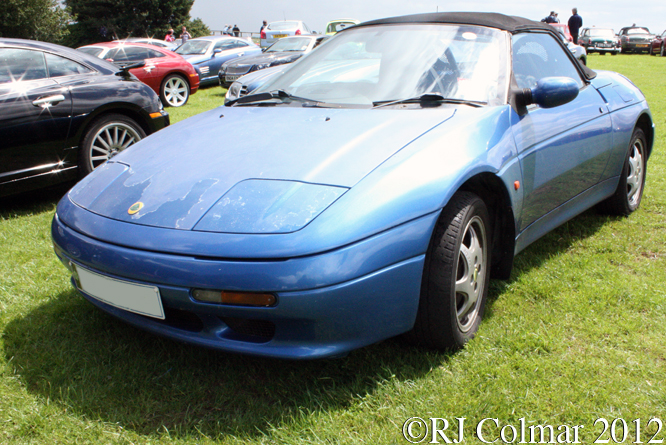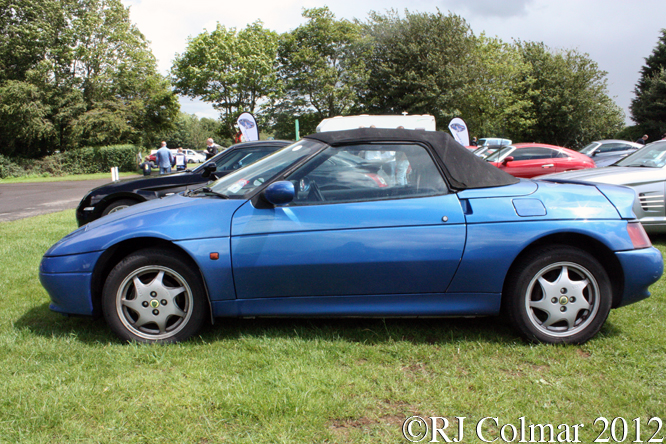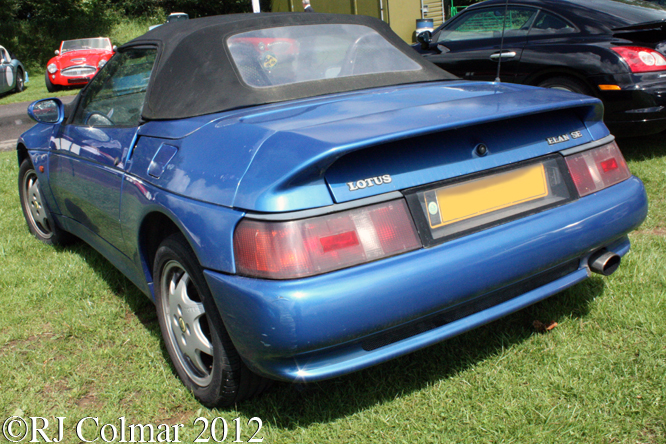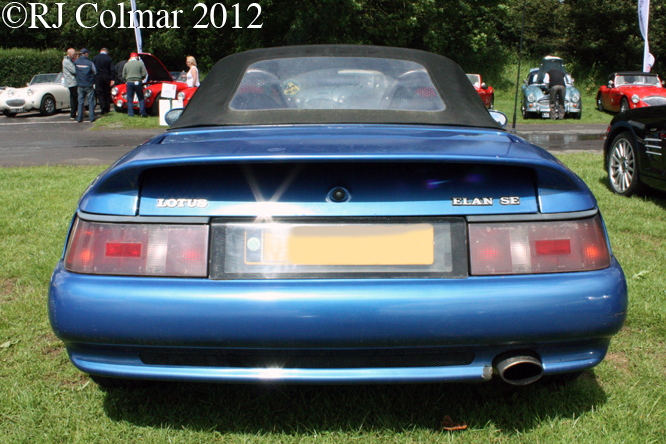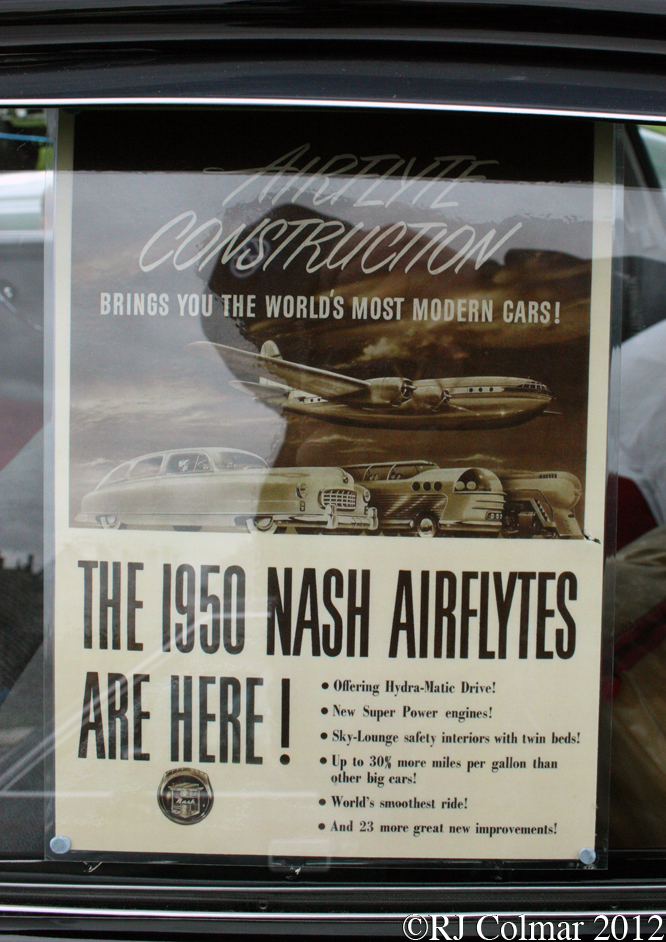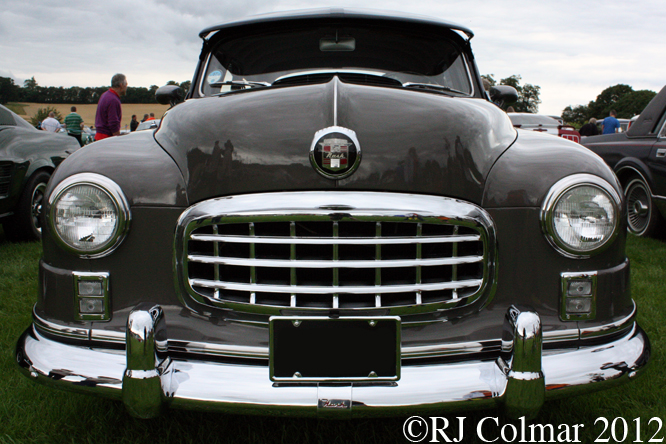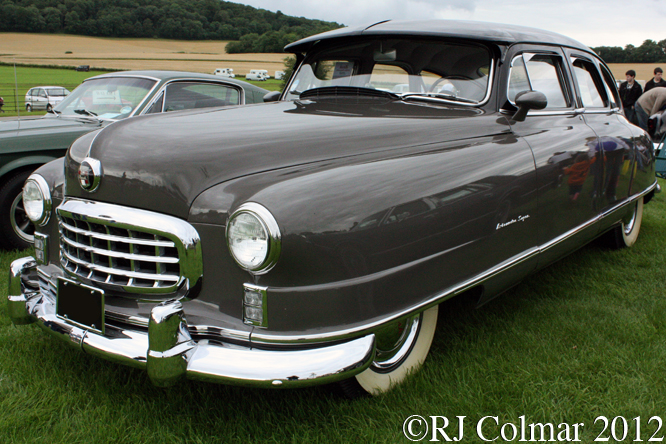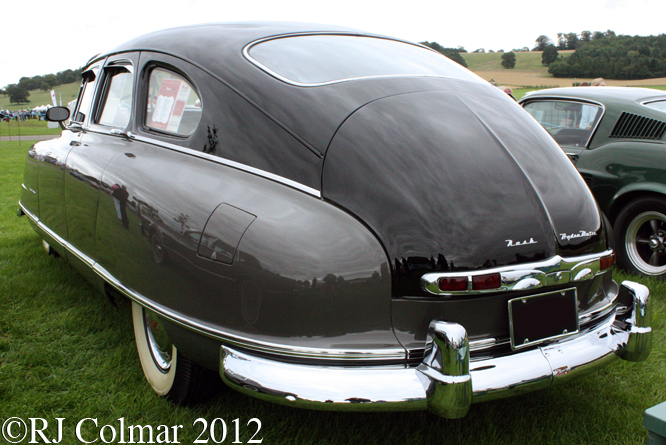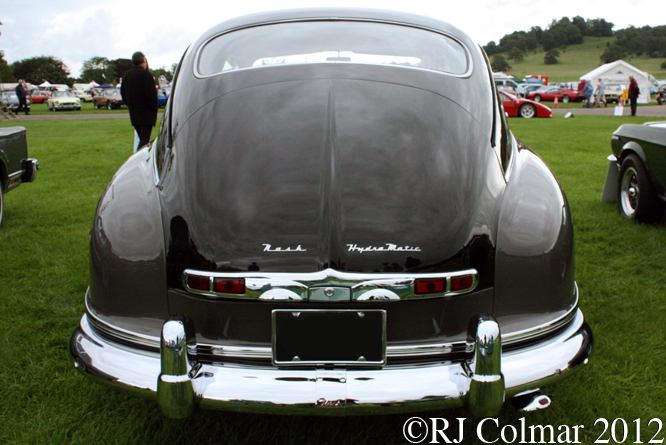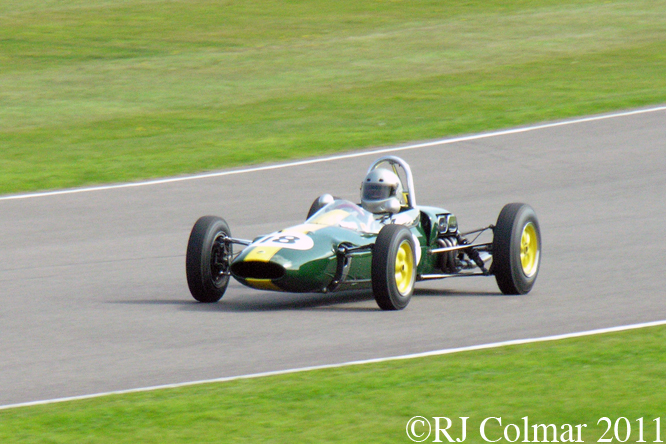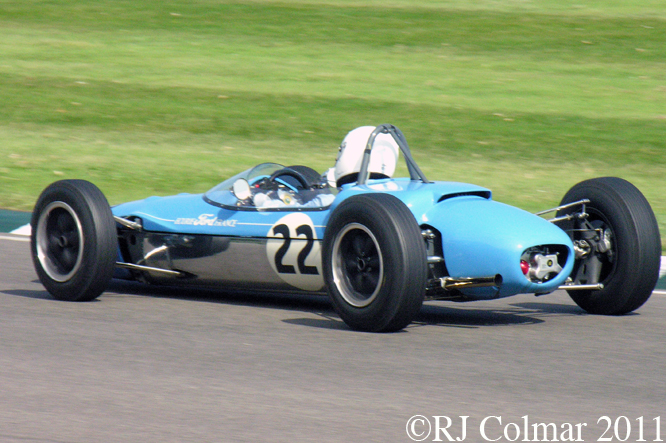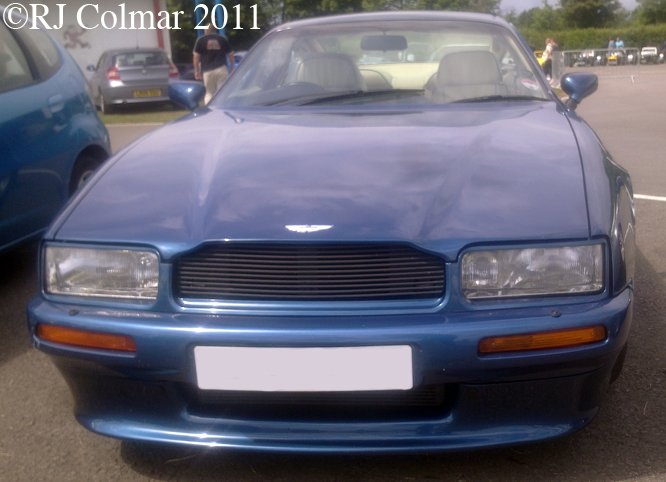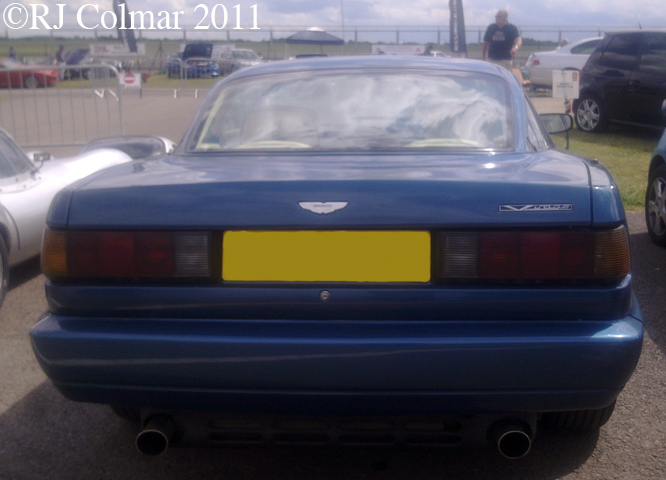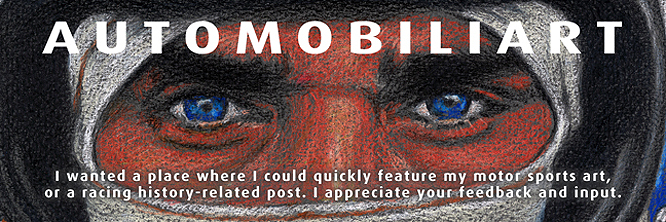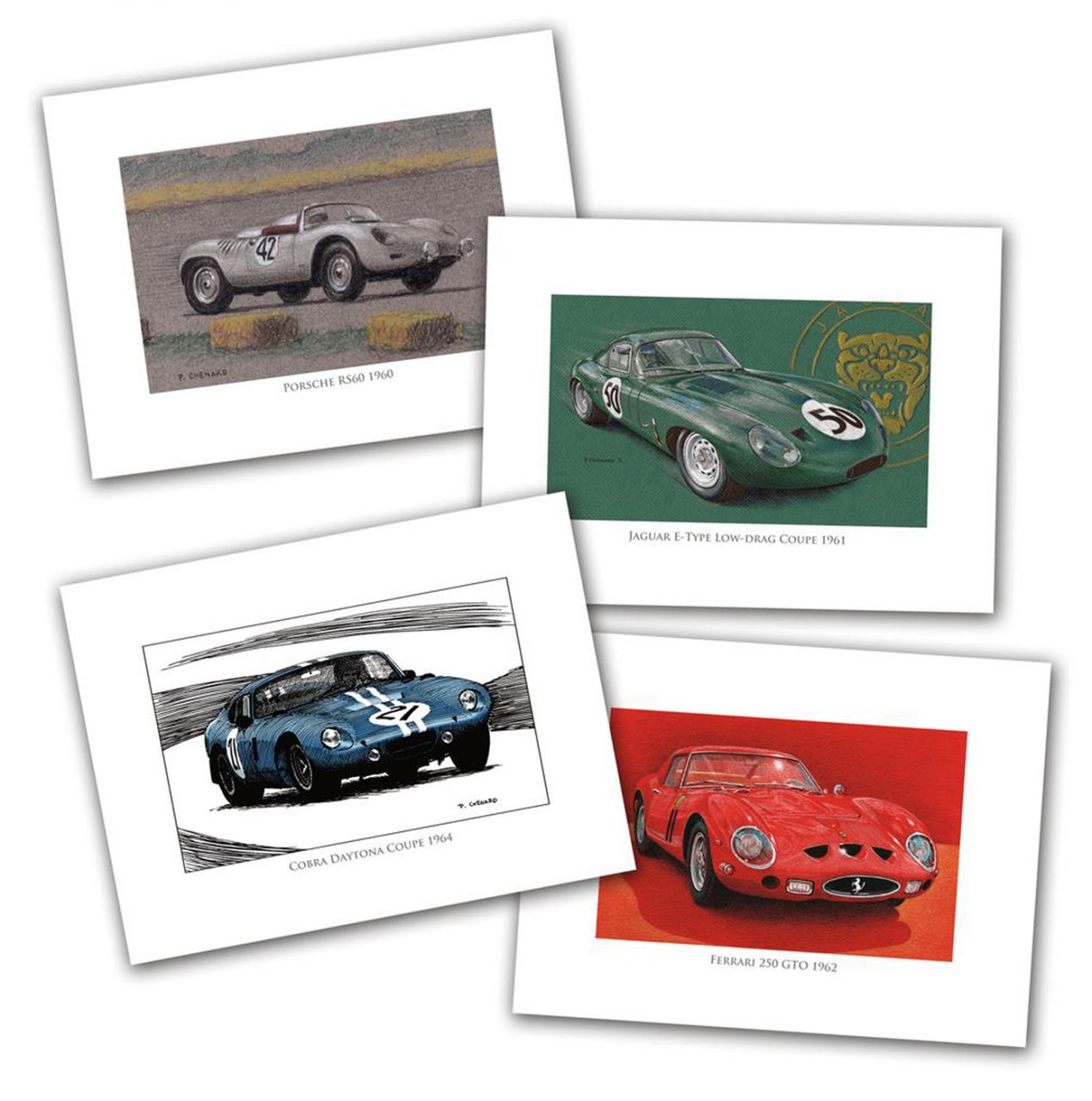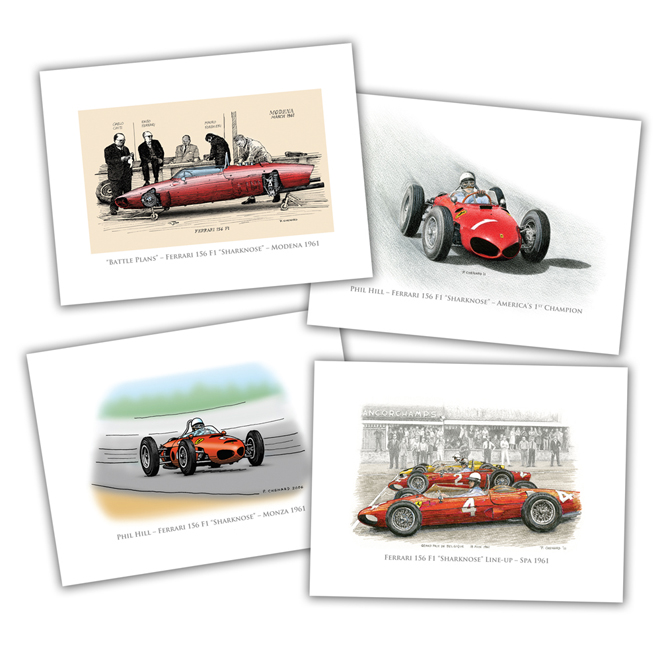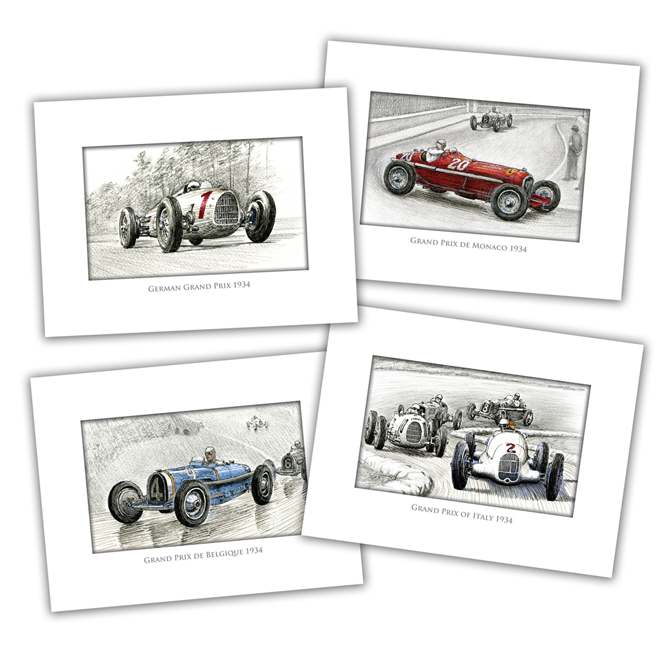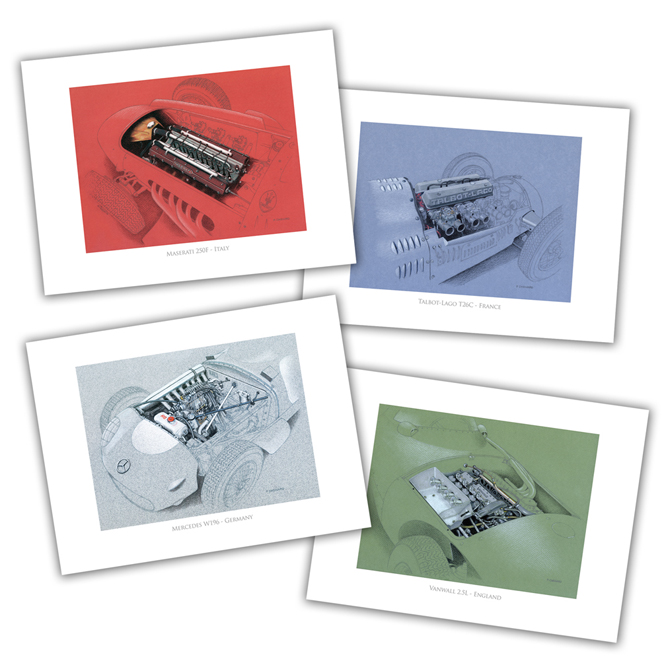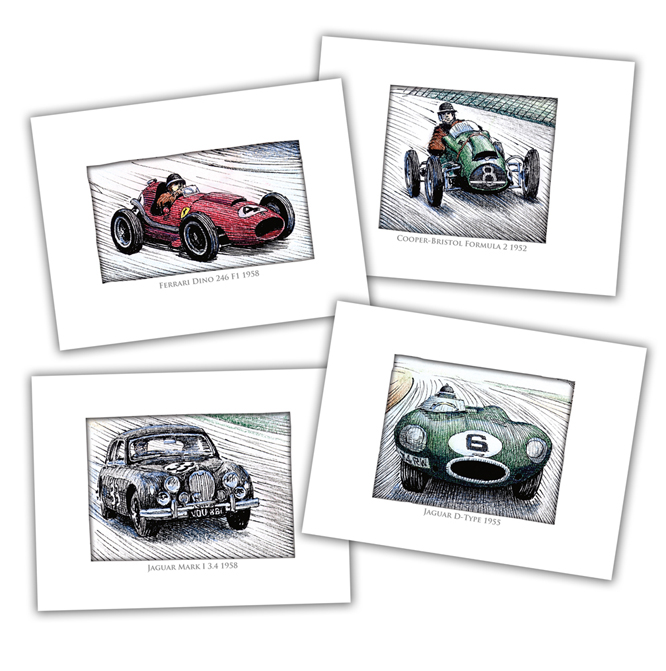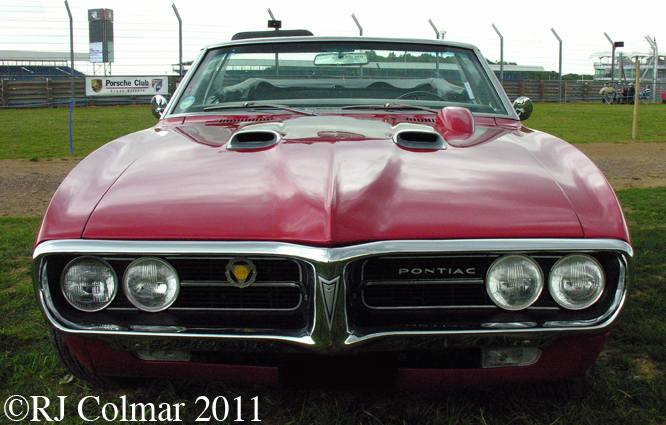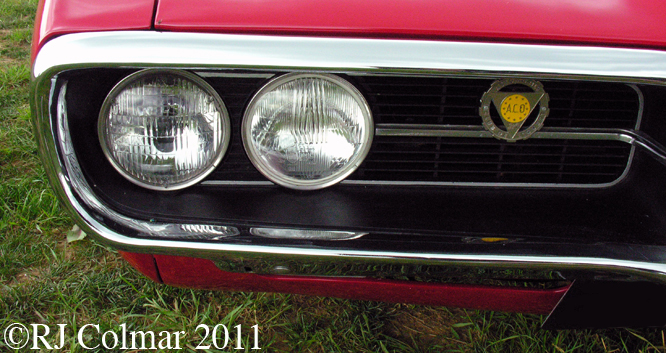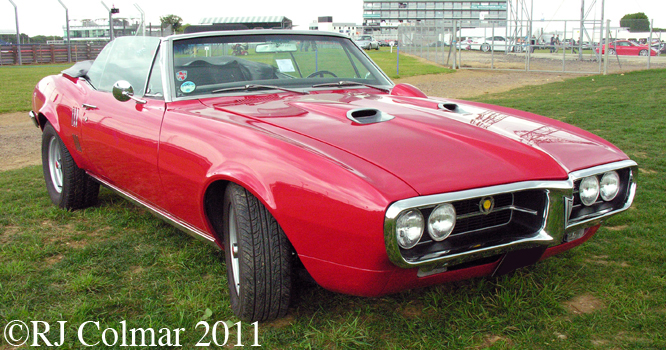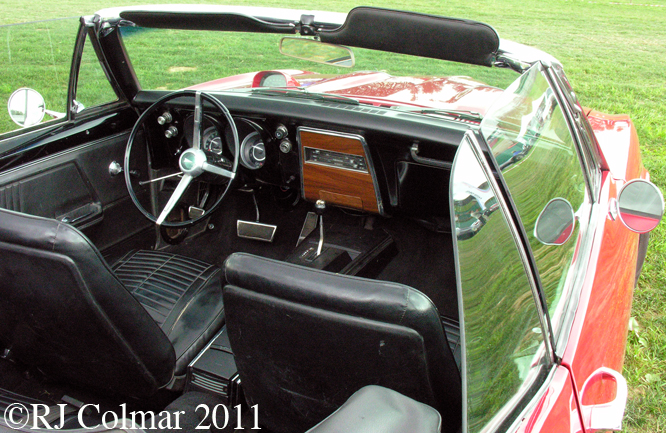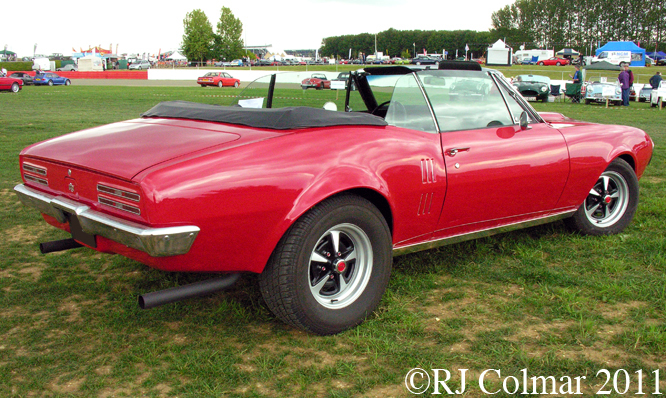Nearly thirty years ago, July 18th 1982, I had the privilege of taking a couple of day’s off from my summer job, at Golden Arch Foods where I was employed on the production line making 24,000 buns an hour for Ronald McDonald, to visit Brands Hatch for the British Grand Prix.
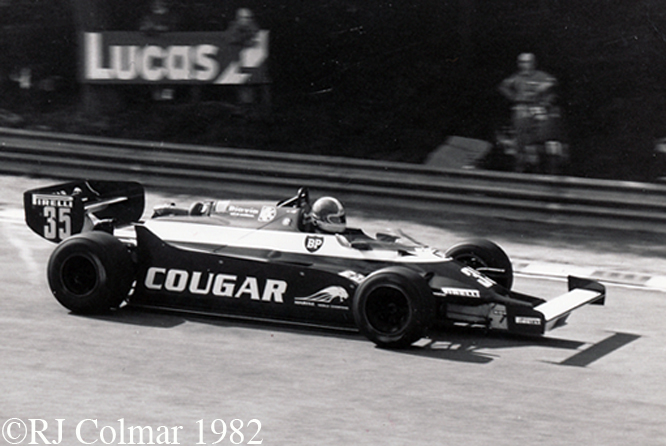
Niki Lauda driving a McLaren starting from 5th on the grid easily won the race from the Ferrari 126 C2’s of Didier Pironi and Patrick Tambay who had both fought hard from their respective 4th and 13th place starts.
One of the best stories of the race however came from the fledgling Toleman Team which was founded in 1981. Their car was designed by a Formula One novice Rory Byrne who had designed many successful open wheel vehicles first with Royale who manufactured many Ford Kent and Pinto powered racers and then with Toleman in the the second tier Formula 2 who’s Hart powered cars dominated the European Formula 2 championship in 1980 with drivers Brian Henton, who was crowned champion, and Derek Warwick came second.
For 1981 Toleman and Brian Hart made the brave move to step up to Formula one with a car designed by Byrne and a turbocharged 1.5 litre / 90.5 cui 415T four cylinder motor which was a development of the Hart 420R 2 litre / 122 cui motor successfully used in Formula 2. The team ran with unfancied Pirelli tyres who were returning to the top tier of the sport after a prolonged absence of 32 years.
During the 1981 season Henton and Warwick each made 12 attempts at pre qualifying for Grand Prix races each missing the cut for qualifying just once at Monaco. However both drivers only qualified once Henton at Monza where he finished 10th and Warwick in the parking lot at Ceasers Palace where he retired.
For the 1982 season Henton opted out and moved to the Tyrrell team while Warwick, who used to be a regular competitor at Aldershot Raceway had won the World Super Stox Championship aged 16 in 1973, was joined by Formula One novice Teo Fabi who had finished third in the 1980 Formula 2 championship.
From 28 attempts to pre qualify in 1982 Warwick and Fabi both failed make the cut once with Warwick qualifying for 11 races and Fabi 7. Warwick managed to finish just two of his 11 starts with a best of tenth place in Germany equalling Henton’s best result at Monza the year before, while Fabi did not finish any of the races he started.
The hight light of the Toleman Teams 1982 season was however the British Grand Prix, having set fastest lap during the previous Dutch Grand Prix, Warwick qualified
16th and proceeded to march through the field with some breath taking maneuver’s during the race. Having worked his way passed Elio de Angelis in a Lotus, Derek Daly in a Williams he next set about attempting to get past the Ferrari of Pironi which proved a little more troublesome as both cars had similar performance thanks to their turbocharged motors however he eventually went past Pironi on the start finish ‘straight’, it’s actually a curve, out braking the Frenchman into the heart stopping paddock bend.
Now in second place Warwick set about catching Niki Lauda who was well ahead however after 40 glorious laps Warwick retired thanks to a broken CV joint in the back of his car, chassis #06, which had acquired the ‘General Belgrano’ nick name from the ancient Argentinian battleship that had been sunk in the 1982 Falklands Conflict. The next week the hitherto back marker and underdog was on the cover of all the magazines and Toleman, Byrne and Warwick began to enjoy some hard earned respectability.
Toleman started scoring points finishes in 1983 and were taken over by Benetton in 1986. Rory Byrne penned many winning cars for them including those driven to championship victories by Micheal Schumacher in 1994 and 1995. Byrne followed Schumacher to Ferrari after a retirement that became a sabbatical for the 1997 season.
Byrnes cars driven by Schumacher dominated the sport from 1999 to 2004 securing 71 victories and six constructors championships and five drivers championships before he retired for good in 2006.
Brian Henton driving his Tyrell got fastest lap at the 1982 British GP and retired from Formula One at the end of the season. Derek Warwick gained a reputation for never being in the right place at the right time in Formula One his best championship finish being 7th in 1984 when he drove for Renault. Derek was crowned World Sports Car Champion in 1992 when he also won the Le Mans 24 hours driving for Peugeot. His 1982 Toleman Team mate Teo Fabi was crowned 1991 World Sports Car Champion in 1991 driving a Tom Walkinshaw Racing (TWR) Jaguar.
Thanks for joining me on this “General Belgrano” edition of “Gettin’ a li’l psycho on tyres”, I hope you will join me again tomorrow. Don’t forget to come back now !
